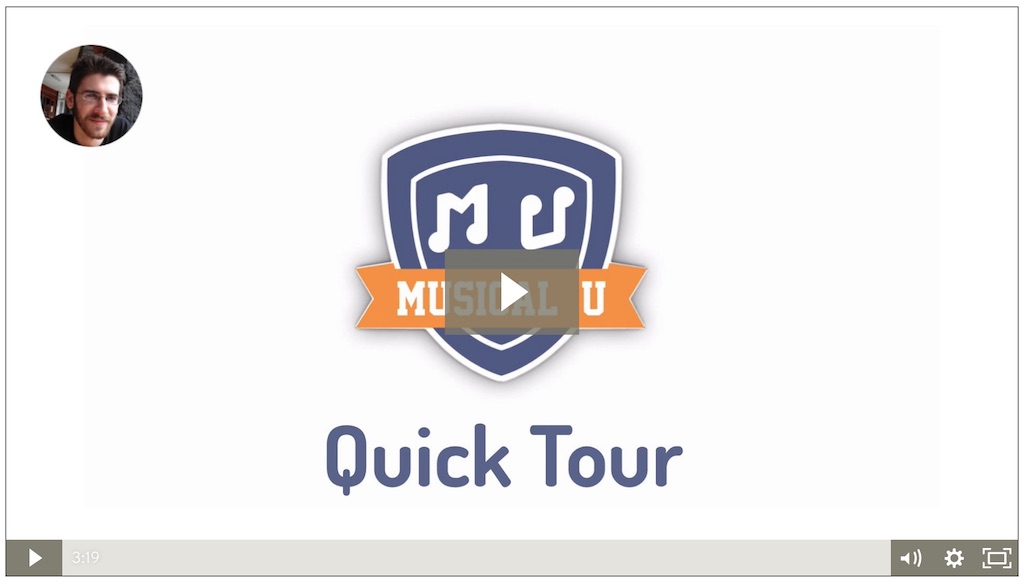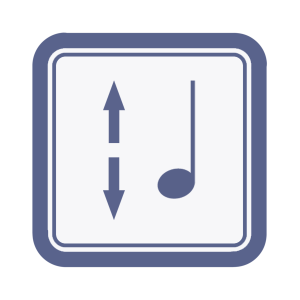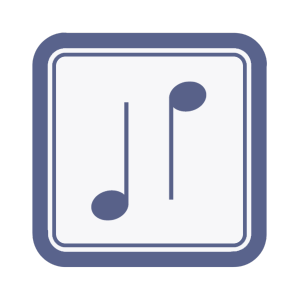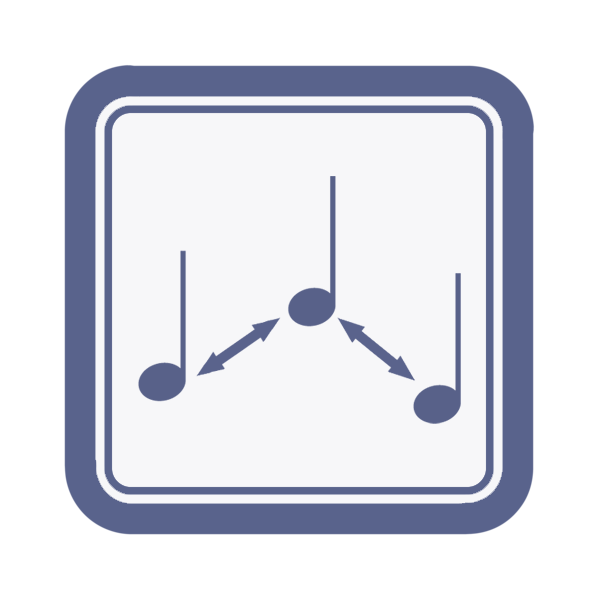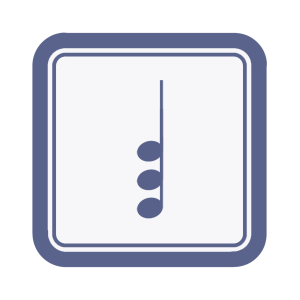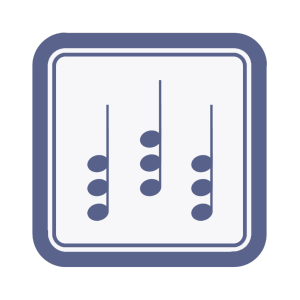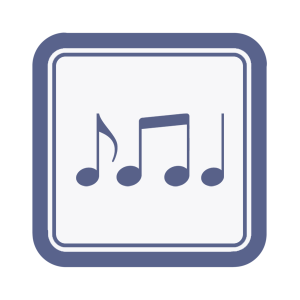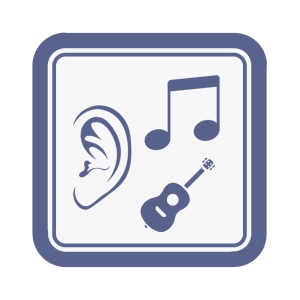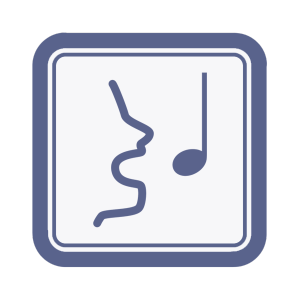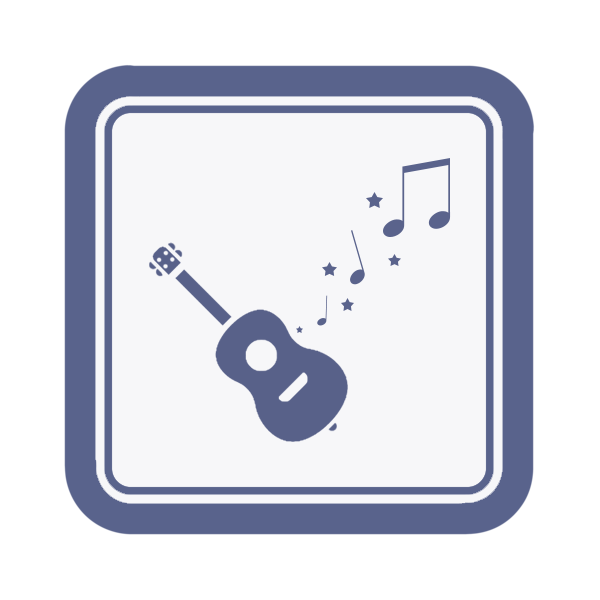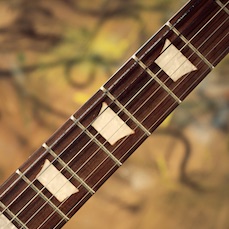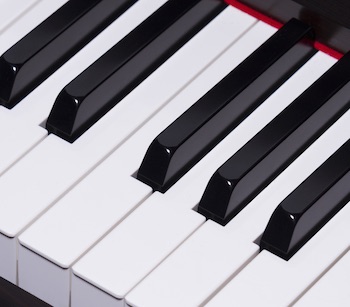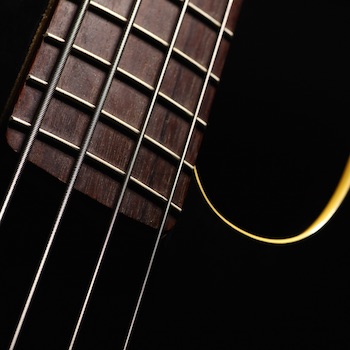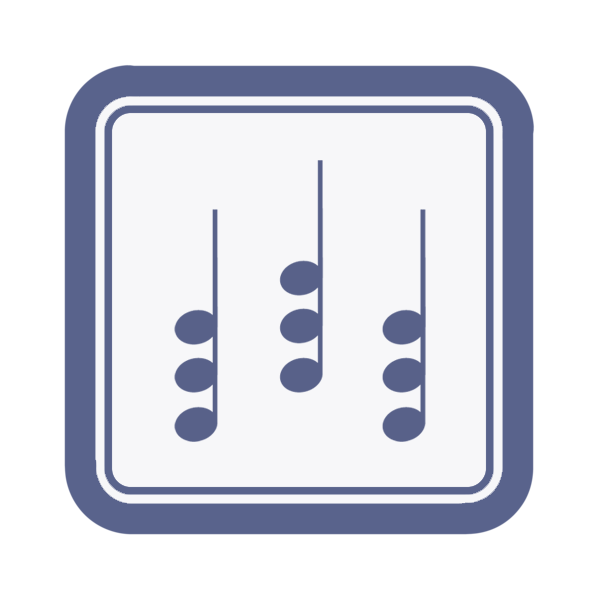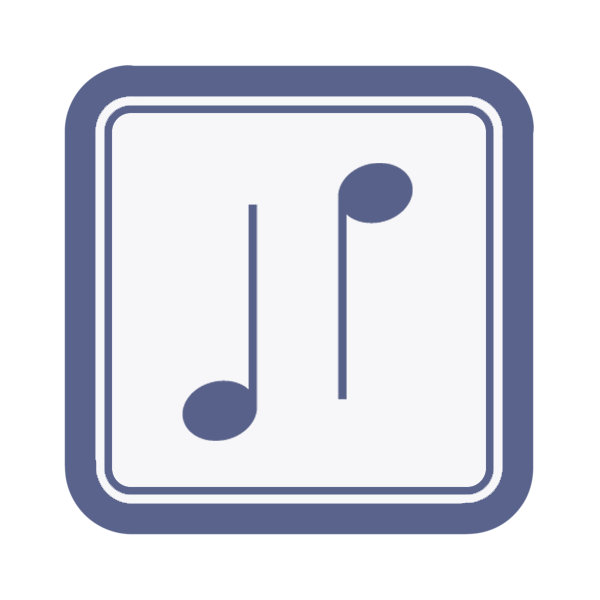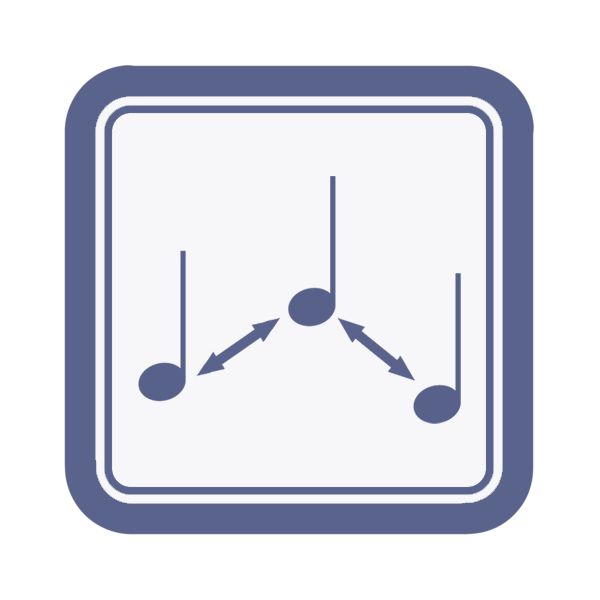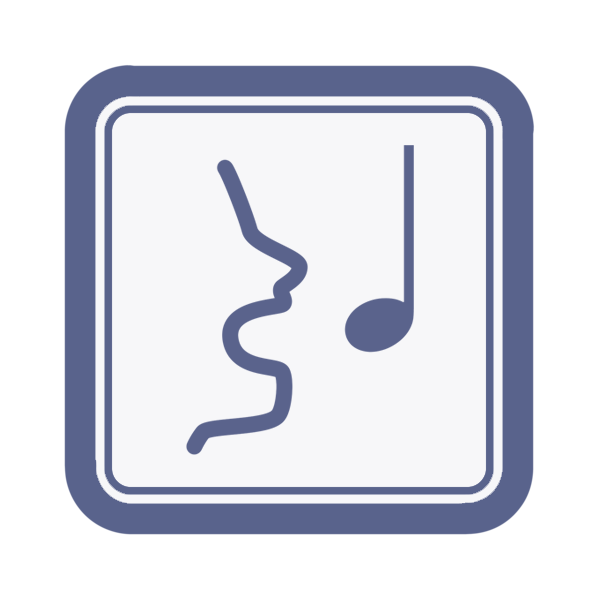Learn more about Musical U, how it works, what’s included, and what it can do for you in your musicality training.
Take the Tour
If you want a quick overview of what’s inside Musical U, the best place to start is with our 5-minute video tour:
How Musical U Works (and why courses don’t)
A lot of websites sell music “courses”. While that’s a nice simple idea, the problem is:
- Every musician is different, with their own background and their own true goals. A “one size fits all” course can never hope to match up.
- A “course” is structured as a fixed straight line – and we all know real learning never works like that!
- There’s normally very little support or guidance available if you get stuck partway through the course.
So at Musical U we don’t believe in one-size-fits-all “courses” for music training.
Instead we have developed a fully flexible training system which provides all the training modules you need, planning tools for defining the goals that truly mean something to you, and construct a personalised step-by-step plan for reaching that goal. And then the team is there to support you, every step of the way.
to suit your own interests, needs and abilities.
If you want to get a quick sense of the kinds of “courses” you can create and succeed with at Musical U, explore our Roadmaps. These are big-picture guides to learning a musical skill, which Musical U members use when creating their own personal training plans:
Roadmaps
Musical U Roadmaps provide the “big picture” view of how you can learn particular musical skills like playing by ear, improvising and creating your own music.
Training Modules
Pick a topic to explore the training modules provided within Musical U:
Planning
Learn the vital skills required to set effective and inspirational goals, and how you can construct a plan to accomplish them.
Pitch
Pitch is how high or low musical notes are. That means your sense of pitch is fundamental to almost everything you do in music.
Intervals
Intervals are the building blocks of melody and harmony in music. Learning to recognise intervals builds a strong foundation, your sense of “relative pitch”.
Melodies
A series of notes one after the other creates a melody. Melodies are what we think of as the “tune” but the same skills also apply to basslines, solos and accompaniment parts.
Chords
Whenever three or more notes are heard together, it forms a chord. Different types of chord create different musical moods and emotions.
Chord Progressions
A series of chords is called a progression. Chord progressions create the harmonic movement that creates a story in music.
Rhythm
Rhythm is the pattern of sounds and silences in music and gives music its energy and pace. Improve and refine your natural sense of rhythm with training.
Playing By Ear
Playing by ear means using your learned listening skills to play a song directly on your instrument (or write it down) after just hearing it.
Singing
Develop an accurate and reliable singing voice and use your voice to train your musical ears.
Improvising
Develop an accurate and reliable singing voice and use your voice to train your musical ears.
Instruments
If you’re a musician then Musical U can help you, no matter what instrument you play. We’ve put together a few guides for popular instruments to help you see how Musical U could help you develop your musicality:
Play a different instrument? Musical U can help you too.
Just explore our Training Modules and Roadmaps above to get an idea of everything you could learn inside.
Instrument Packs
![]() Musical U Instrument Packs are an optional membership upgrade which offer instrument-specific training to help you apply the core musicality training to a particular instrument.
Musical U Instrument Packs are an optional membership upgrade which offer instrument-specific training to help you apply the core musicality training to a particular instrument.
Currently available for: Guitar, Piano/Keyboard, Bass and Singing.
→ Learn more about Instrument Packs
More Courses
Here are some more examples of the kinds of tailor-made music courses you can create at Musical U:
Play Chords By Ear Courses
Interval Recognition Ear Training Courses
Improvise On Your Instrument Courses
Learn to Sing in Tune Courses

